It could be said that generations of children in the past grew up with semolina. We're talking about wheat porridge, in which the following size of the particles that make it up is from 0.25 to 0.75 millimeters and they look like grains of sand.
In fact, it is a by-product of the production of wheat flour, when after milling the grain, about 2% of tiny grains remain. The product is obtained by processing durum wheat.
Although wheat has been cultivated since before the new era, semolina production began much later. At first it was an expensive food, in Russia only aristocrats could afford to eat it and ordinary people did not know its taste. In fact, the mass production of flour found that the by-product semolina was a cheap raw material suitable for food. In addition, semolina has the interesting property of being digested in the lower intestine and then absorbed into the blood. That is why liquid semolina porridges are part of diets for diseases of the gastrointestinal tract. In addition, semolina purifies the body and removes fat.
Due to the significant benefits for the body and its affordable price, this food should be known more and find a place on everyone's table. Here are some facts about semolina.
Description and production of semolina
Semolina is crushed wheat grain with the size of each fraction from 0.25 to 0.75 millimeters. From the label on the package, you can tell whether it is made from soft, durum or mixed wheat. Usually, semolina is coarse flour.
What is wheat semolina and why is it called that
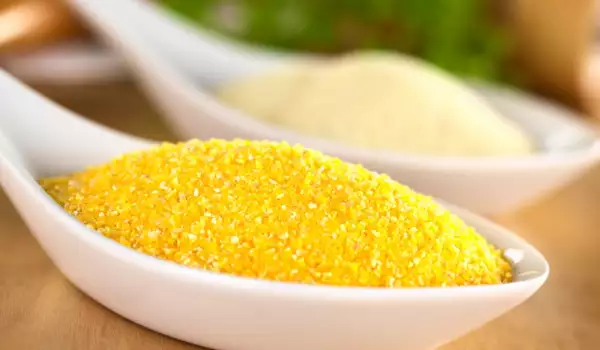
The name comes from the Italian word semola and means bran. If we look even further back in ancient times, the word comes from Latin, where simila means flour or bulgur.
In modern industrial production semolina is obtained in the process of grinding flour, which uses slotted steel shafts. The rollers are adjusted so that the space between them is less than the width of a grain of wheat.
As the wheat enters the mill, the rollers separate the bran and germ as the starch is broken into coarse pieces. By sifting, these pieces are separated from the bran. This is semolina. It is then grinded into flour.
Semolina made from durum wheat is yellow in color. It is the base for couscous production. It is made by mixing about two parts semolina and 1 part durum flour (finely ground semolina).
When made from softer flour, it is light in color, almost white. In the US, milled soft wheat is called starch.
Semolina has entered the food diet of people because of its rich content and beneficial properties for the body.
Composition and nutritional content of wheat semolina
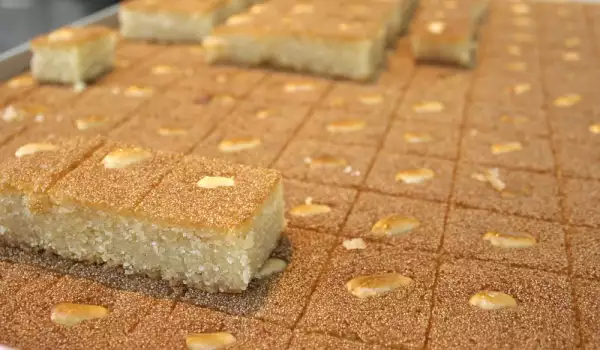
Wheat semolina is an extremely high-calorie type of cereal. It enriches the body with proteins, carbohydrates, fibers and many trace elements. 100 g of semolina contains:
- 333 kilocalories;
- 1 g of fat;
- 10.3 g of proteins;
- 70.6 g of carbohydrates;
- 3.6 g of fiber;
- 14 g of water.
In the cooked state semolina contains much less calories and is a suitable food in diets required for certain diseases.
From a portion of semolina, the body receives thiamin, fiber, folate, riboflavin, magnesium, iron. The richness of B vitamins makes it an important ingredient for maintaining various body functions. It is better than regular flour. It provides the body with the substances needed for the effective functions of the cardiovascular, nervous, endocrine, musculoskeletal, immune and digestive systems. It also preserves the youth of the skin, hair and nails and maintains physical and emotional balance.
Benefits for the body from the consumption of wheat semolina
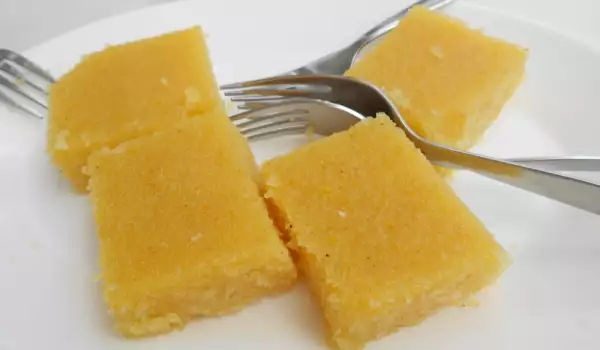
Wheat semolina has the ability to be well absorbed in the body and saturate it with nutrients and it also has a pleasant and light taste, which is why it is often used in cooking.
It is used to make the famous grease porridge, widely used in baby food. It is also a suitable product for pancake batter, pasta and all kinds of baked goods, for creams, meatballs and more.
Medicine recommends this food for recovery after illness. Benefits of semolina:
1. Due to the small amount of fiber, it can be included in the diets of people with diseases of the stomach and intestines;
2. As it is absorbed in the lower intestine, it helps to remove excess mucus, fat and salts from the body;
3. Fights stress as it contains antioxidants;
4. Due to the low protein levels, it is a suitable food for people with kidney diseases;
5. Saturates the body with nutrients for a long time;
6. The dietary fibers have a positive effect on the functions of the heart and protect the body from cancer;
7. The contained vitamin E is a stimulus for the mind.
The benefits of semolina consumption for adults and children are different and this distinction should be made when offering it to different age groups.
Benefits of semolina for adults
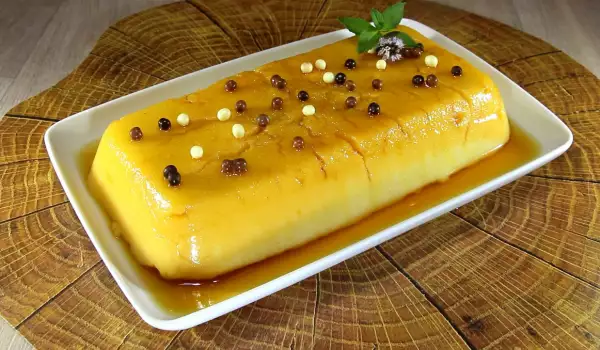
Semolina porridge is recommended after operations for quick recovery of the body by every doctor. Since the product quickly increases glucose levels, a surge of energy is felt after its consumption. Therefore, it is especially good for active sportsmen. Those who have a healthy stomach and intestinal tract can eat semolina as a prophylaxis against stomach and intestinal diseases.
Wheat semolina porridge calms a person with nervous breakdowns and nervous system disorders.
Semolina cooks quickly and is then easily absorbed and the body is cleansed from fats and harmful substances.
With proper use of semolina, bad cholesterol can be avoided, so it is useful for people with diabetes who know in what doses to consume it.
Benefits of consuming semolina for children
Although semolina porridge has been the basis of children's nutrition in the past, before it is included in the child's menu, it is necessary to know the properties of this food product. It contains a lot of gluten and is therefore difficult for children up to preschool age to digest. For babies and children under 3 years of age, pediatricians do not recommend the consumption of porridge or other dishes with semolina. The only benefit comes from the fact that underweight children have a helper who will be of use to them in their struggle to gain weight.
Harms and contraindications for consumption of wheat semolina
The popular and widely advertised semolina porridge has contraindications for a number of diseases and conditions. It should be excluded:
- Celiac disease - this disease requires a gluten-free diet, and semolina contains a lot of gluten;
- Children under 7 years of age - semolina as a cereal has the ability to remove calcium from the body, and this leads to a number of bone-muscle injuries and diseases;
- Elderly people - because of the development of osteoporosis and the danger of excessive weight gain;
- For overweight people - it interferes with the desire to lose weight
- Joint diseases - due to the lack of calcium, which is obtained with regular use;
- In case of gout - it increases complaints and swellings on the body.
In what form is semolina consumed
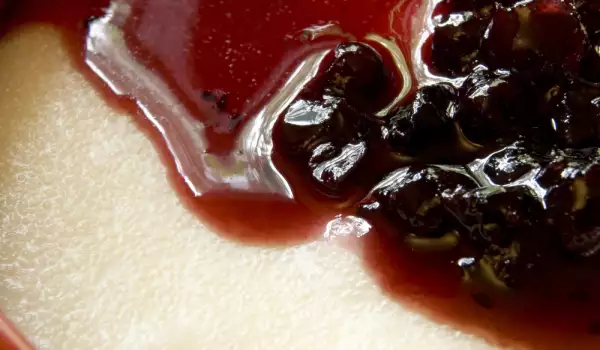
Recipes for semolina dishes are numerous. Apart from the famous semolina porridge in Europe, the product is popular for semolina puddings, desserts, cakes and petite cakes. In Italy, they make pasta, dumplings and gnocchi with it, and add it to pizza dough.
In the East they prepare semolina sweets by mixing it with almonds, sugar, butter and pine nuts. In Turkey, they make irmik helvasi halva with semolina.
In Finland, they make cold semolina, blended with berries.
In India, semolina rava laddu sweets are popular for holidays and festivals.
In Germany and Lithuania they make pudding with semolina.
You can also prepare donuts with semolina and pumpkin, porridge with semolina and walnuts or blueberry mousse, and try many more delicious options:
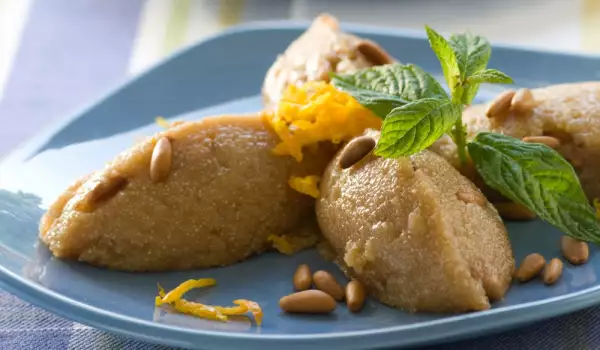

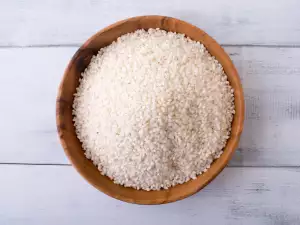

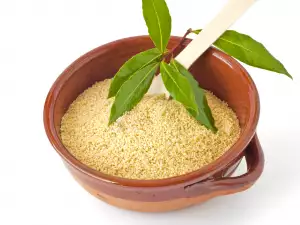



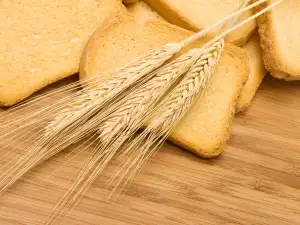
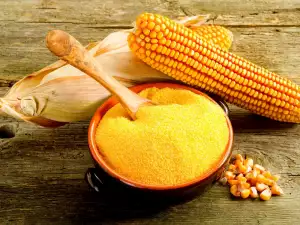
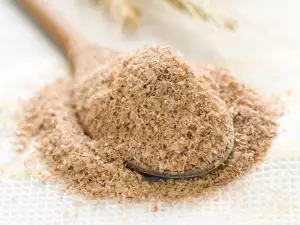

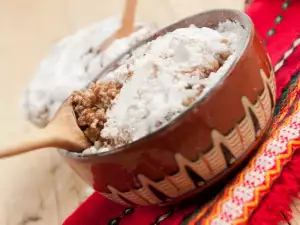
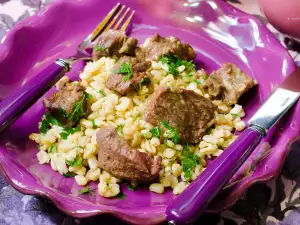
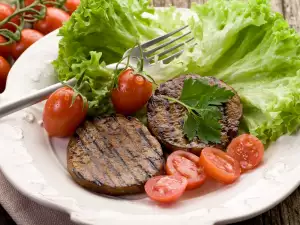





Comments